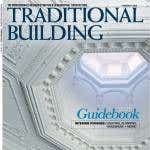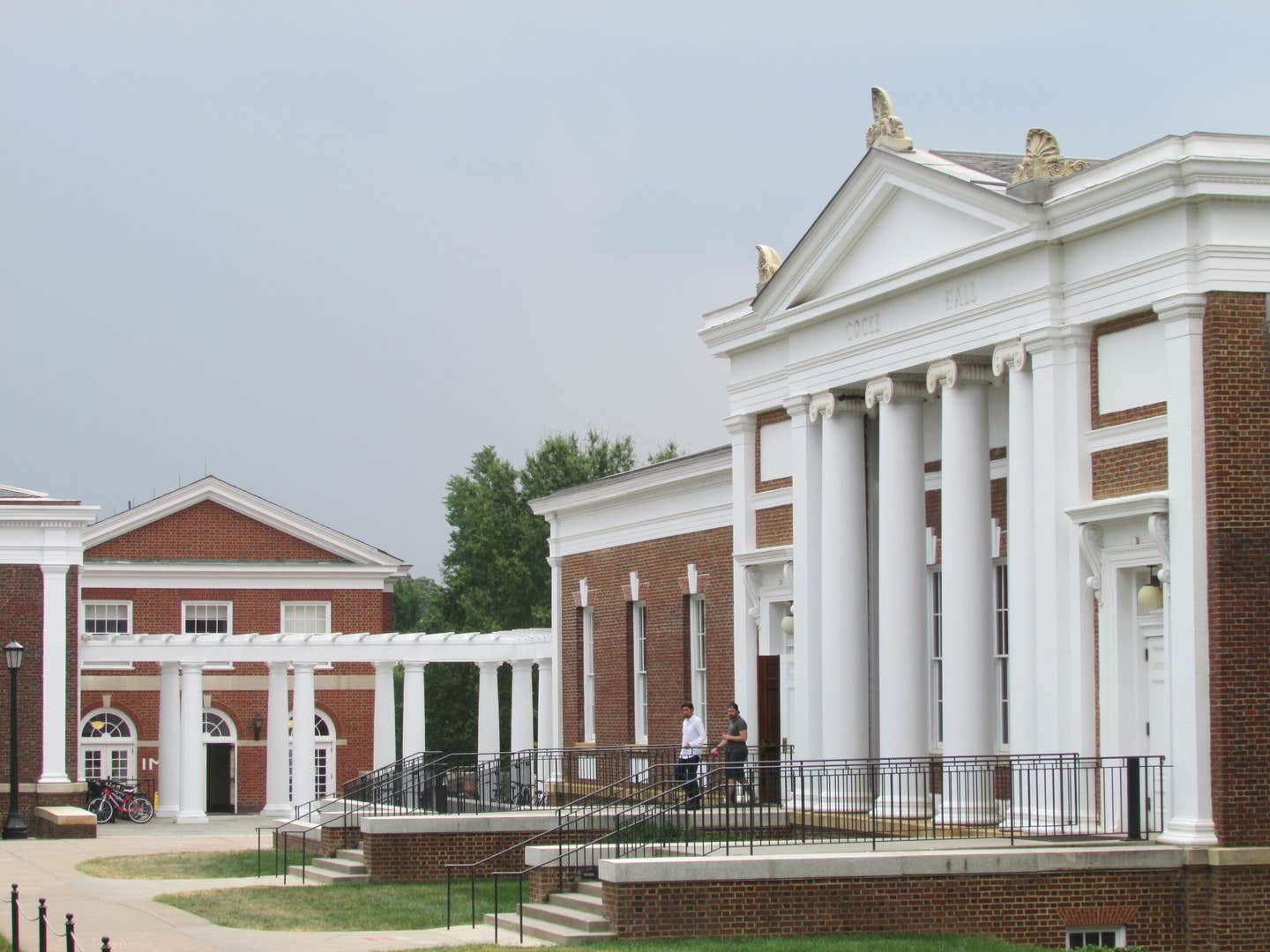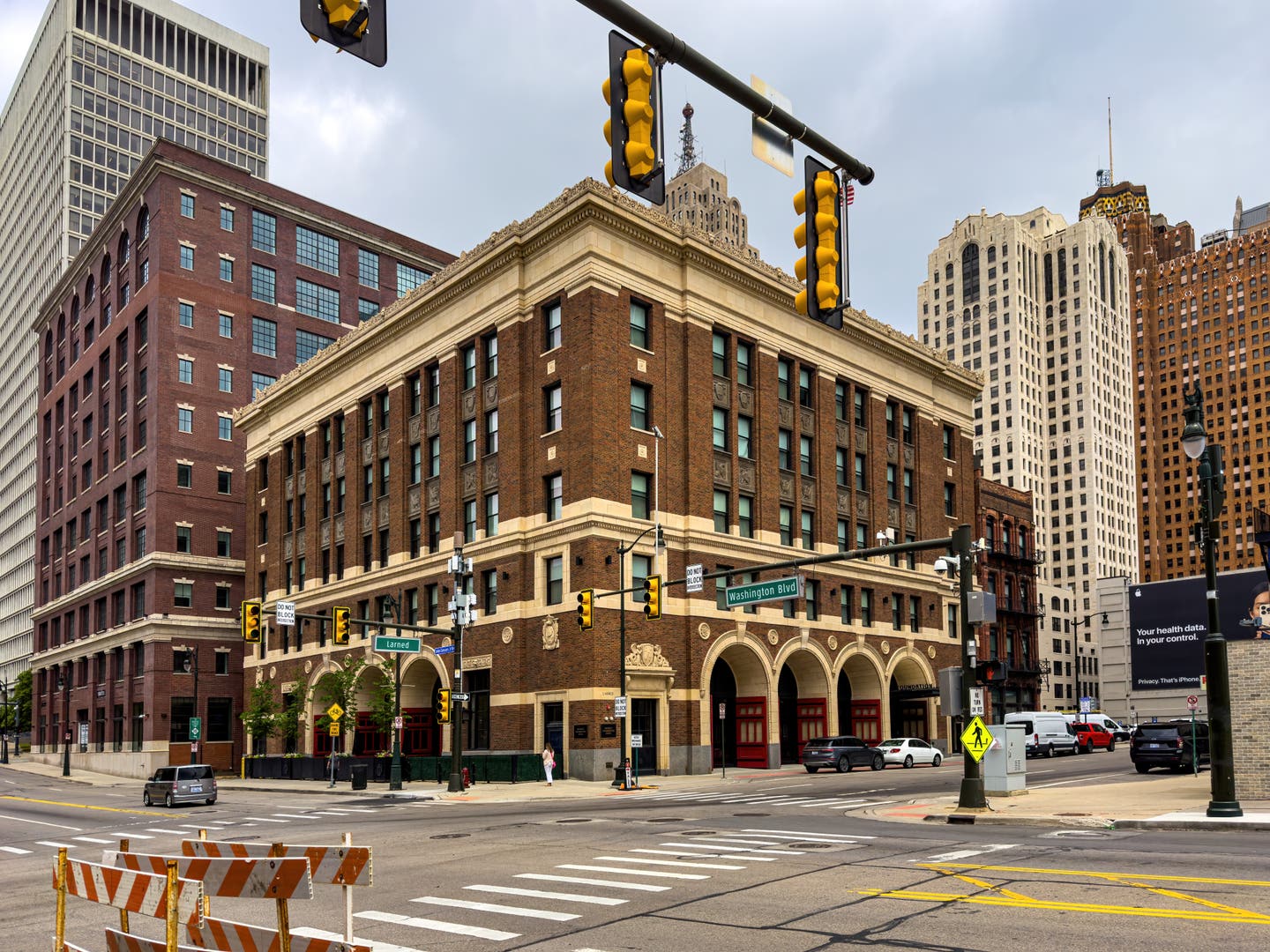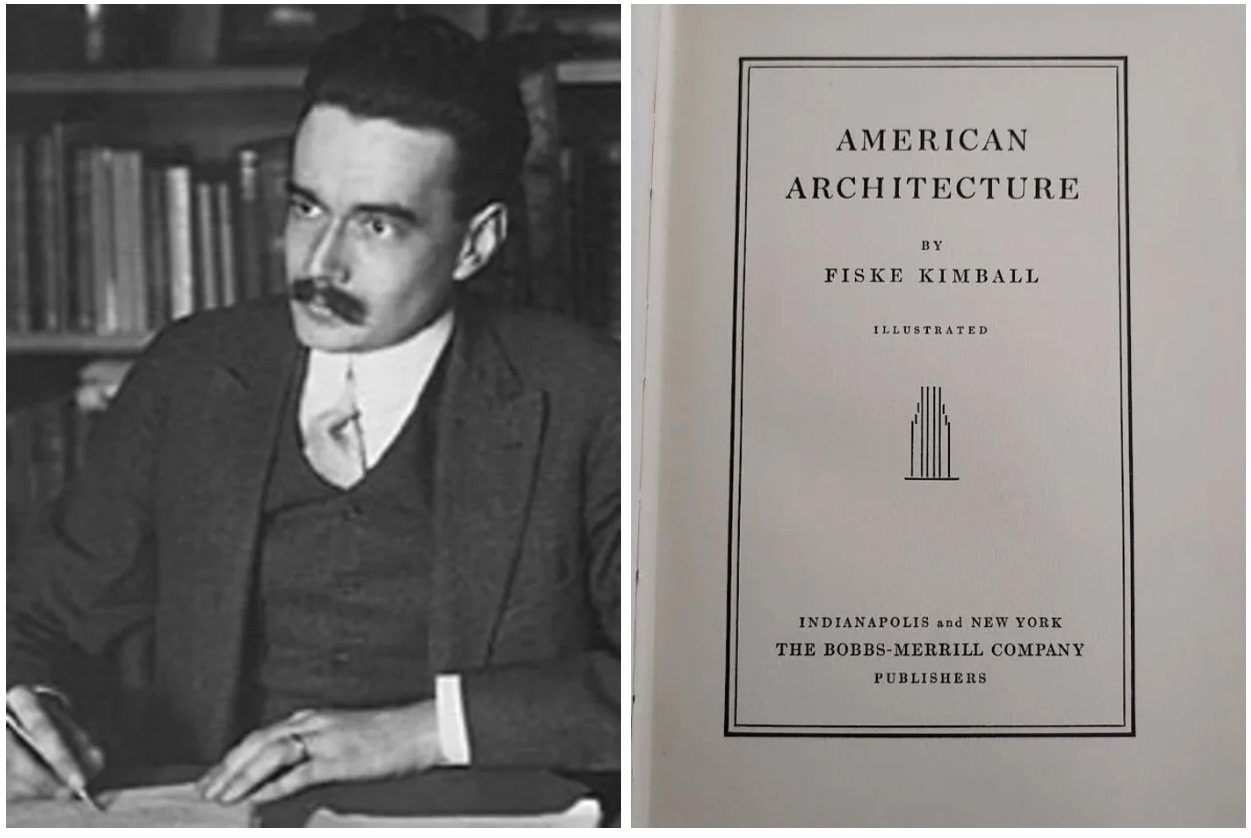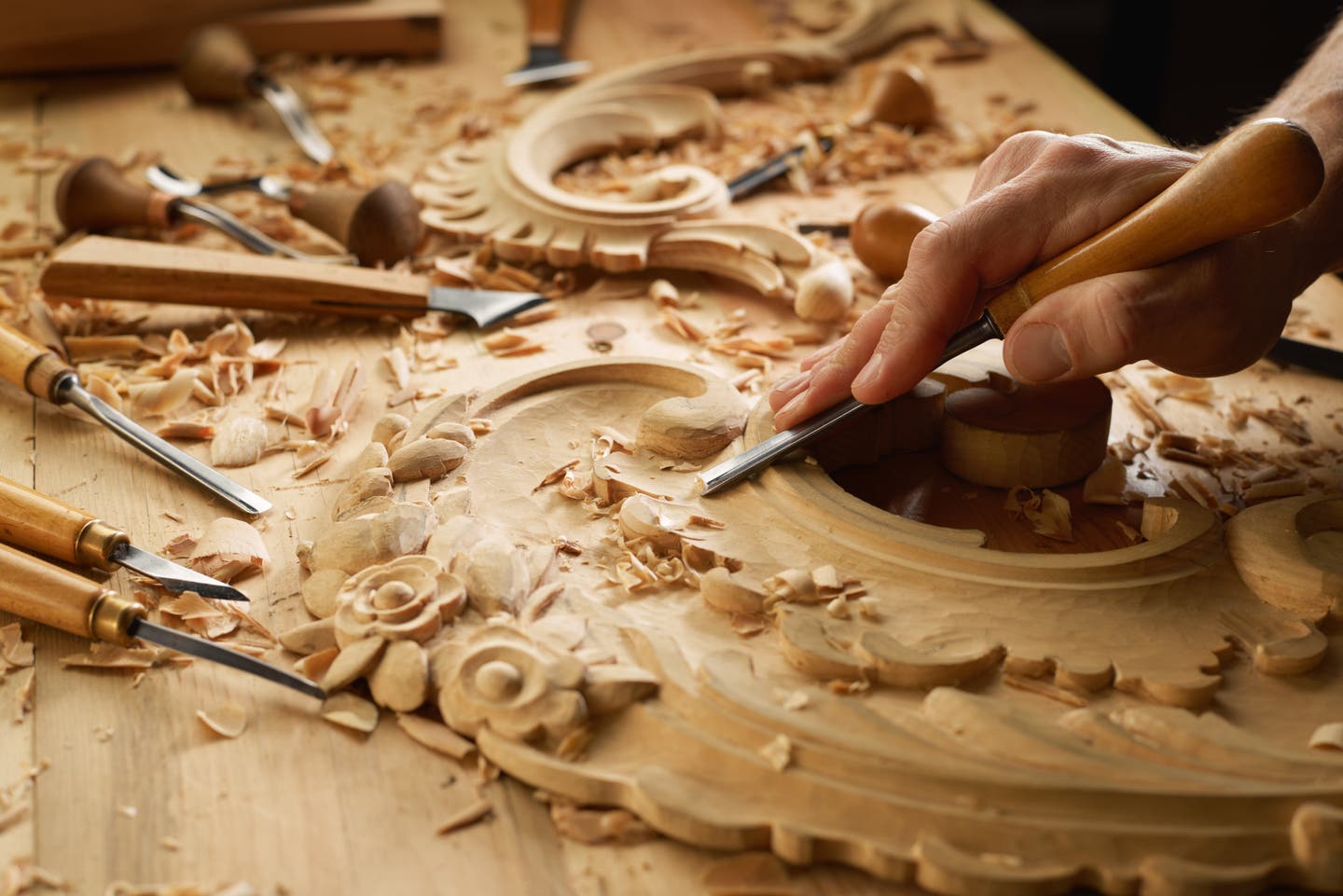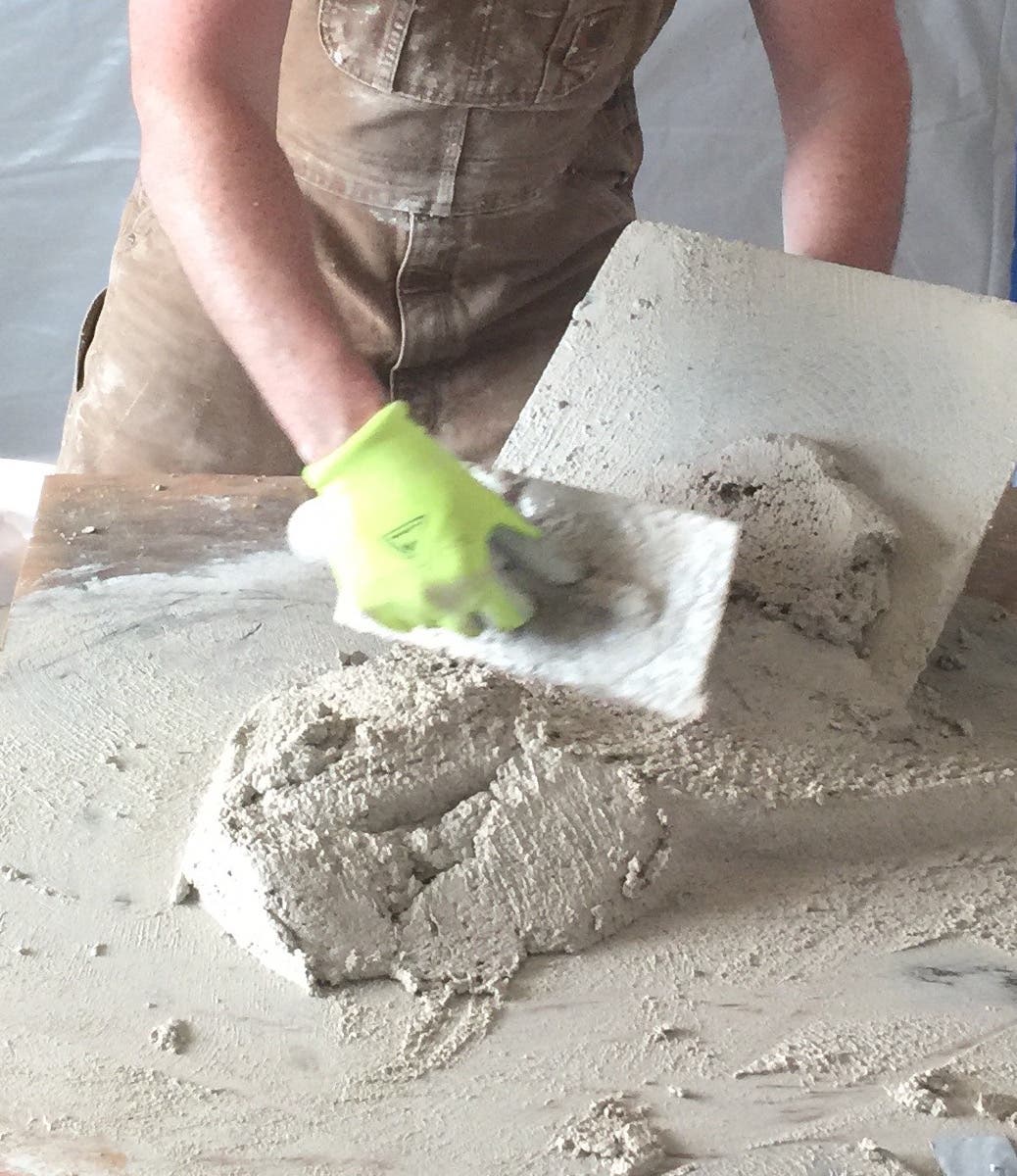
Patrick Webb
Hydrated Lime vs Hydraulic Lime
There are a number of terms surrounding lime, both current and historical, that can lead to a bit of confusion when specifying lime plasters and mortars. Here I’ll attempt to address some of the most common lime varieties and distinguish them as best I can!
Understanding the difference between hydrated lime and hydraulic lime seems to be by far the most challenging distinction for most folks. The “hydrous” prefix is a good hint that both terms relate to water.
Hydrated Lime
Let’s begin with hydrated. When limestone is burned to produce lime it releases CO2 gas. What remains is a highly alkali “quicklime.” Quicklime alternatively known as “hot” lime is extremely reactive with water and can be dangerous to handle, transport or work with although it has its construction uses for experienced traditional masons and plasterers.
Read more about lime:
Lime: The Civilized Plaster
Natural Hydraulic Limes: A Plaster in a League of its Own
The vast majority of lime produced from limestone is “quenched,” alternatively called “slaking.” To quench or slake lime is a process whereby just enough water vapour or mist is introduced so that the quicklime combines chemically with the water to convert to a safer, less caustic form known commercially as hydrated lime. This is typically the dry bagged lime available from masonry and plaster supply houses.
Hydraulic Lime
A hydraulic lime is made from a limestone that either naturally contains or has artificially introduced some form of amorphous silica in the burning process. This amorphous or “free” silica fuses with some of the quicklime to form a clinker, a cementitious compound. That cementitious clinker is what makes the lime hydraulic, meaning that it will set with the addition of a certain percentage of water.
However, freshly burned hydraulic limes are often very caustic as well so they are typically slaked also. Enough water is added to quench the quicklime but less than required to initiate the hydraulic reaction, the result being that most hydraulic limes sold commercially are both hydraulic and hydrated.
In the United States and Canada hydraulic limes are no longer domestically produced. A few Natural Hydraulic Limes are imported from the European Union. In the EU hydraulic limes remain far more common and numerous “artificial” hydraulic limes are commercially produced. The designation Hydraulic Lime (HL) usually indicates that the lime contains cement whereas Formulated Limes (FL) have stricter requirements for declaring the chemical content of the lime produced.
“Pure” limes are not hydraulic and are also known as non-hydraulic, air or putty limes. They will not set in water, rather curing over a long period by slowly reabsorbing carbon dioxide from the atmosphere. They may be available from a limited number of suppliers as the aforementioned highly caustic quicklime, the more widely distributed typical bagged hydrated lime or occasionally as a lime putty in sealed containers.
Calcium, Magnesium and Dolomitic Limes
Usually when the chemical composition of limestone is discussed, it is presented as CaCO3 or calcium carbonate. However, both calcium and magnesium are alkaline earth metals having similar properties and found in lime. Sea creatures in particular can metabolise a certain percentage of magnesium as a double carbonate with calcium for shells if there aren’t enough calcium ions in the water. Over geologic time huge sedimentary deposits of these magnesium containing limestones have formed around the globe. Although most all limestone contains some magnesium, anything less than 5% will produce a calcitic or “High Calcium” lime.
In North America, sometimes a distinction is made between Magnesium Lime containing up to 35% magnesium carbonate and Dolomitic Limes which contain even higher percentages of magnesium. In the European Union and the United Kingdom any limes having over 5% magnesium content are referred to as Dolomitic Limes although there are standards requiring manufacturers to adhere to classifications based on the percentage range of magnesium in the lime.
Dolomitic limestones are very common and limes prepared from them historically required special preparation, especially for plastering. For traditional lime kilns, larger particles of quicklime typically remained that might take weeks or even months to slake. Lime expands when it slakes and if this delayed expansion happened after the lime was applied to the wall as a plaster it would cause “pops” that could totally ruin a plaster finish. As dolomitic limes take longer to slake than calcium limes they were more susceptible to this problem. The traditional solution was to slake the lime all the way to putty several months before work was to begin.
With industrial means of production that include grinding and screening processes as well as forced hydration under increased barometric pressure there is little cause for concern with delayed hydration or risk of plaster pops. Most commercially available hydrated lime can be slaked overnight and used the next day although the longer it sits the creamier and more pleasant it is to work with.
In North America, the designation for non-hydraulic limes is less concerned with composition and more focused on performance and water retention. Type N or Normal hydrated lime is allowed to have a higher percentage of unslaked quicklime and lower water retention than the now more commonly available Type S or Special hydrated lime.
Glossary
Below is a brief recap of the nomenclature of the limes just considered:
Quicklime – lime freshly burned from the kiln, very alkali and exothermically reactive
Slaking – the process of introducing just enough water to quicklime to convert it from a highly alkali oxide to a less reactive hydroxide
Hydrated – lime that has been slaked
Hydraulic – lime that has a clinker of reactive silica compounds that will set with water
Non-Hydraulic – lime that sets only by reabsorbing CO2 from the air. Also called a pure, air or fat lime
Putty – non-hydraulic lime that has additional water so as to form a thick paste
High Calcium – lime containing 95% or higher calcium content
Dolomitic – lime containing a significant percentage of magnesium
My name is Patrick Webb, I’m a heritage and ornamental plasterer, an educator and an advocate for the specification of natural, historically utilized plasters: clay, lime, gypsum, hydraulic lime in contemporary architectural specification.
I was raised by a father in an Arts & Crafts tradition. Patrick Sr. learned the “decorative” arts of painting, plastering and wall covering as a young man in England. Raising me equated to teaching through working. All of life’s important lessons were considered ones that could be learned from the mediums of tradition and craft. I found myself most drawn to plastering as I considered it the richest of the three aforementioned trades for artistic expression.
This strong paternal influence was tempered by my grandmother, Geraldine Webb, a cultured, traveled, well-educated woman, fluent in several languages. She made a point of instructing her young grandson in Spanish, French, formal etiquette and opened up an entire worldview of history and culture.
After three years attending the University of Texas’ civil engineering program with a focus on mineral compositions, I departed, taking a vow of poverty, living as a religious aesthetic for a period of seven years. This time was devoted to clear reasoning, linguistic studies, examination of world religions, exploration of ethics and aesthetics. It acted as a circuitous path leading back to traditional craft, now imbued with a deeper understanding of interconnection in time and place. I ceased to see craft as simply work or labor for daily bread but among the sacred outward expressions of the divine anifest
within us.
From that time going forward there have been numerous interesting experiences. Among them study of plastering traditions under true masters here in the US as well as in England, Germany, France, Italy and Morocco. Projects have included such high expressions of plasterwork as mouldings, ornament, buon fresco, stuc pierre, sgraffito and tadelakt.
I’ve been privileged to teach for the American College of the Building Arts in Charleston, SC, where I currently reside and for the Institute of Classical Architecture & Art across the US. “Sharing is caring” – such a corny cliché but so true. I hardly know a
thing that hasn’t been practically served to me on a platter. I’m grateful first of all, but now that I might actually know a few things, it becomes my responsibility to be generous as well.


